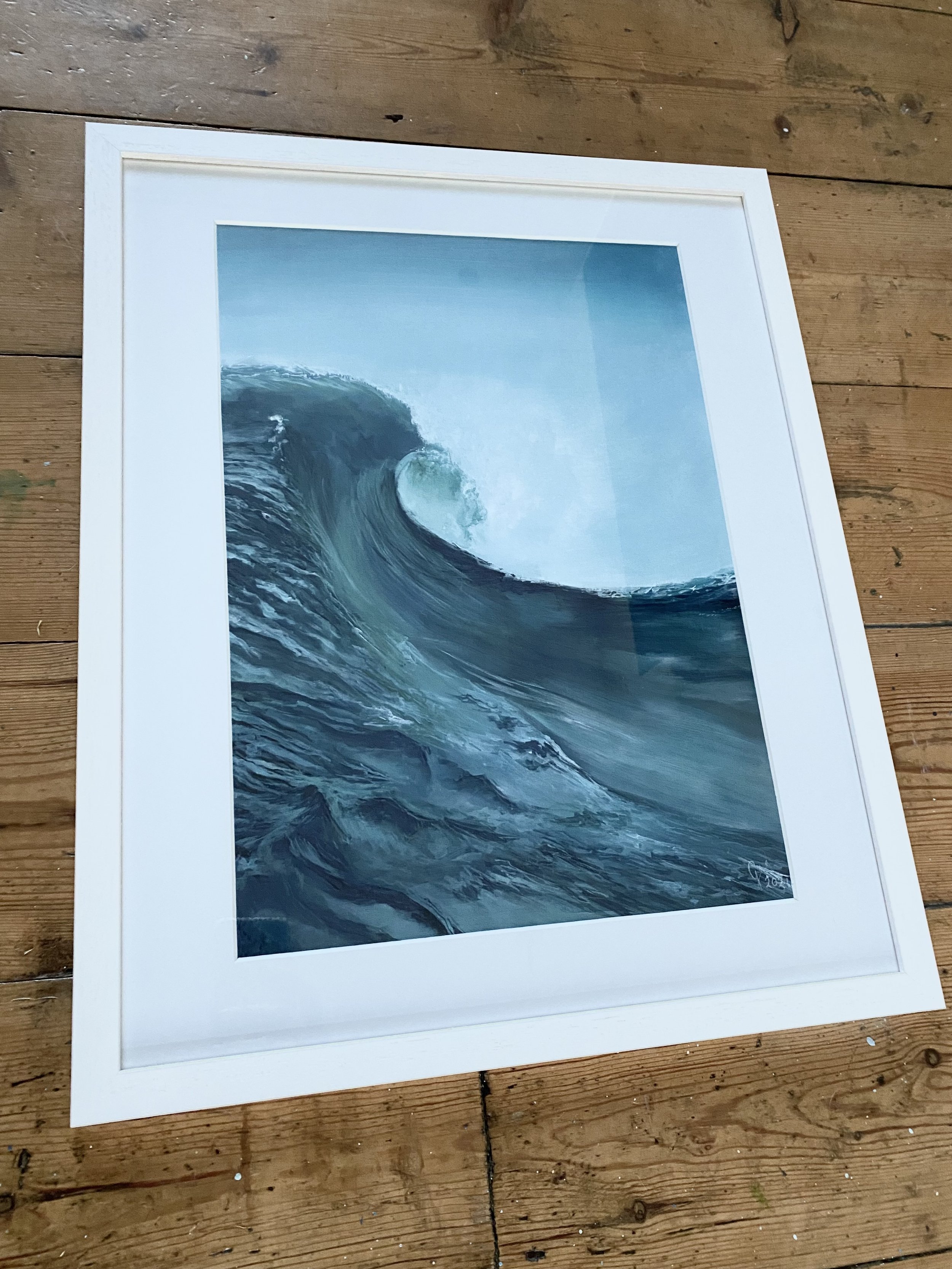Framed Paintings
Framing paintings is an important aspect of presenting and preserving artwork. Here's an overview of what's involved in framing paintings:
Selecting a Frame: The process begins with choosing an appropriate frame for the painting. Frames come in various materials, such as wood, metal, or synthetic materials, and a wide range of styles, from minimalist and modern to ornate and traditional. The frame should complement the artwork, enhancing its aesthetic appeal without overpowering it.
Mounting the Painting: Paintings are typically mounted to a backing board or mat board using different techniques. Common methods include hinging or taping the artwork to the mount using acid-free materials, ensuring that the painting is securely attached while allowing for its natural expansion and contraction due to changes in humidity.
Glazing: Glazing involves placing a protective covering, usually glass or acrylic, over the front of the artwork. This layer shields the painting from dust, moisture, UV radiation, and physical damage. Conservation-grade glazing options, such as UV-filtering or anti-reflective glass, are often preferred to preserve the painting's colors and prevent fading.
Framing Assembly: Once the painting, matting (if used), and glazing are ready, they are carefully assembled within the chosen frame. The artwork is positioned in the frame, and the frame's backing is secured to hold everything in place. The frame's corners may be reinforced using brackets, screws, or other fasteners to ensure stability.
Finishing Touches: Finally, any additional finishing touches are made. These may include adding a dust cover or backing paper to protect the back of the frame, attaching hanging hardware for easy display, and cleaning the glass or acrylic to remove any smudges or fingerprints.
I personally get my paintings framed at Sullys in Penryn, All About Frames in Truro and my partner Tristan often frames the larger paintings in house.





